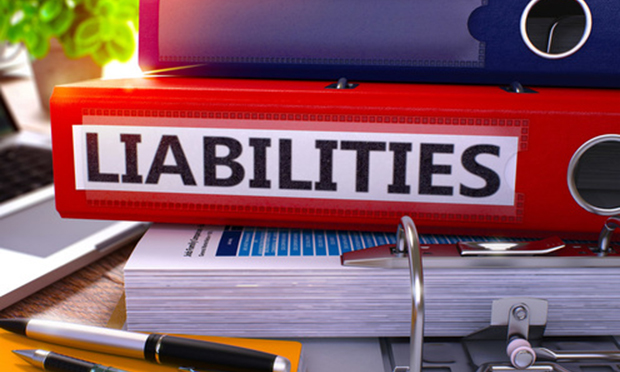 Another factor to consider when evaluating claims, especially pre-suit, is who has the burden of proof and what might be necessary to meet that burden. Typically, a plaintiff has the initial burden of proving their claims and then, once met, the burden shifts to the defendant to rebut the plaintiff's claims or evidence. (Credit: shutterstock.com)
Another factor to consider when evaluating claims, especially pre-suit, is who has the burden of proof and what might be necessary to meet that burden. Typically, a plaintiff has the initial burden of proving their claims and then, once met, the burden shifts to the defendant to rebut the plaintiff's claims or evidence. (Credit: shutterstock.com)
Damages are an essential part of nearly every third-party liability claim. Yet, evaluating damages can invoke a sense of dread and anxiety in even the most seasoned of claims professionals and litigators. This is because damages can come in many different forms and require different burdens of proof. In the end, it can come down to rolling the dice at trial. But, properly evaluating damages, both pre-suit and during the pendency of litigation, is crucial to having a clear vision and plan for investigating alleged damages and making key decisions regarding whether to attempt early resolution of a case or mount a vigorous defense.
Want to continue reading?
Become a Free PropertyCasualty360 Digital Reader
Your access to unlimited PropertyCasualty360 content isn’t changing.
Once you are an ALM digital member, you’ll receive:
- All PropertyCasualty360.com news coverage, best practices, and in-depth analysis.
- Educational webcasts, resources from industry leaders, and informative newsletters.
- Other award-winning websites including BenefitsPRO.com and ThinkAdvisor.com.
Already have an account? Sign In
© 2024 ALM Global, LLC, All Rights Reserved. Request academic re-use from www.copyright.com. All other uses, submit a request to [email protected]. For more information visit Asset & Logo Licensing.








